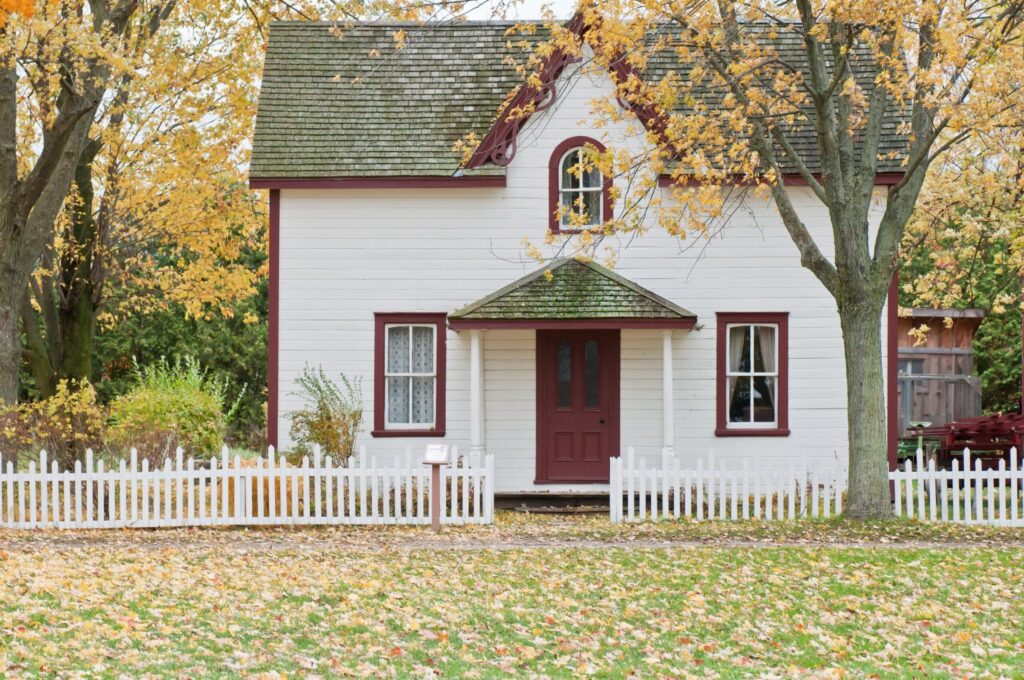Source: Grist
Excerpt:
Imagine a bountiful plot of land, fences overgrown and overflowing with life: milkweed, mugwort, chicory, goldenrod, echinacea, yarrow, and raspberry bushes sprinkled among ripening apple, pear, and peach trees. Herbs like lemon balm, dill, mint, and oregano are boundless. There’s a colorful spread of fat melons, strawberries, cucumbers, butternut squash, beets, lettuce, kale, and tomatoes. There’s a blueberry bush, though it’s been stripped bare — food for the birds and bugs. The groundhogs and other small creatures — pesky as they may be — spend their days trudging lazily through the foliage. This place takes up about as much space as a smaller brownstone apartment — but it’s a jungle oasis. At least that’s the language that artist, environmental activist, and land steward Nkoula Badila uses to describe the ecological diversity of her backyard urban garden in Hudson, New York.
“My childhood has definitely taught me to find my peace in nature,” Badila said. Her family spent a lot of time visiting and volunteering at local urban farms and gardens when she was growing up. “I feel like just having that influence and lifestyle around was very grounding.”
Badila’s backyard garden is also something else—a space to preserve Black food traditions and cultivate community. “We are introducing a lot of these [gardening and farming methods] that are also things that our ancestors did,” Badila said. “We’re reintroducing those things and reclaiming how diverse, brilliant, and expansive our ancestors were.”
Read more: Food justice advocates didn’t set out to save the climate. Their solutions are doing it anyway.





